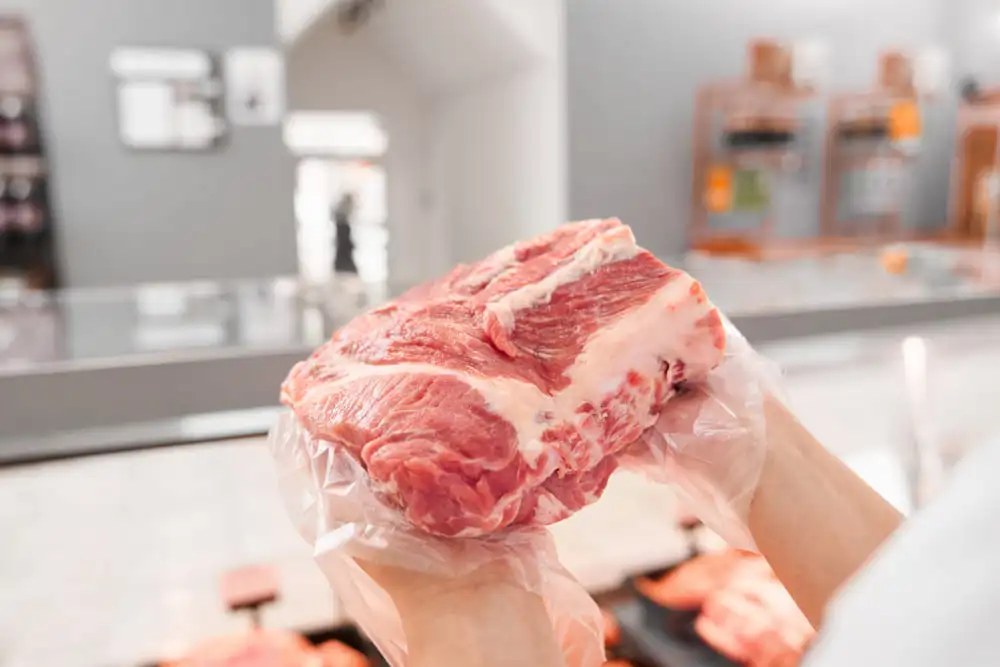Circumstances Impacting the Quality of Meat
When it comes to meat, quality is paramount. The taste, texture, and nutritional value of meat are all influenced by various factors. In this comprehensive guide, we will delve into the circumstances that impact the quality of meat. From animal welfare to processing techniques, each aspect plays a crucial role in determining the final product that reaches our plates.
Understanding Meat Quality
Before we explore the factors affecting meat quality, let’s define what constitutes quality meat. Quality meat is characterized by attributes such as tenderness, juiciness, flavor, and nutritional value. These qualities are influenced by factors ranging from the animal’s diet and living conditions to the methods used during processing and storage.
Factors Influencing Meat Quality
Animal Welfare: The conditions in which animals are raised have a significant impact on the quality of meat they produce. Animals that are raised in stress-free environments, with access to ample space, clean water, and a balanced diet, tend to yield higher-quality meat.
- Diet and Nutrition
The diet of the animal plays a crucial role in the quality of meat. Animals that are fed a nutritious diet, rich in vitamins, minerals, and essential nutrients, produce meat that is more flavorful and nutrient-dense.
- Genetics
The genetic makeup of the animal can also influence meat quality. Certain breeds of livestock are bred specifically for their meat-producing qualities, such as tenderness and marbling. Selective breeding programs aim to enhance these desirable traits.
- Slaughter Techniques
The methods used during slaughter can impact the quality of meat. Humane and stress-free slaughter techniques minimize adrenaline release, which can affect the taste and texture of the meat. Proper handling and swift slaughter ensure meat quality is preserved.
- Processing and Handling
The way meat is processed and handled post-slaughter can affect its quality. Proper chilling, aging, and packaging techniques are essential to maintain freshness and prevent contamination. Improper handling can lead to spoilage and a decline in quality.
- Storage and Transportation
The conditions in which meat is stored and transported can impact its quality. Proper temperature control, hygiene practices, and packaging are crucial to prevent spoilage and maintain freshness throughout the supply chain.
Conclusion
In conclusion, the quality of meat is influenced by a myriad of factors, including animal welfare, diet, genetics, slaughter techniques, processing, and storage. By understanding these circumstances and implementing practices that prioritize quality, we can ensure that the meat we consume is not only flavorful and nutritious but also ethically produced and sustainable. From farm to fork, every step in the production and supply chain plays a crucial role in delivering high-quality meat to consumers.






